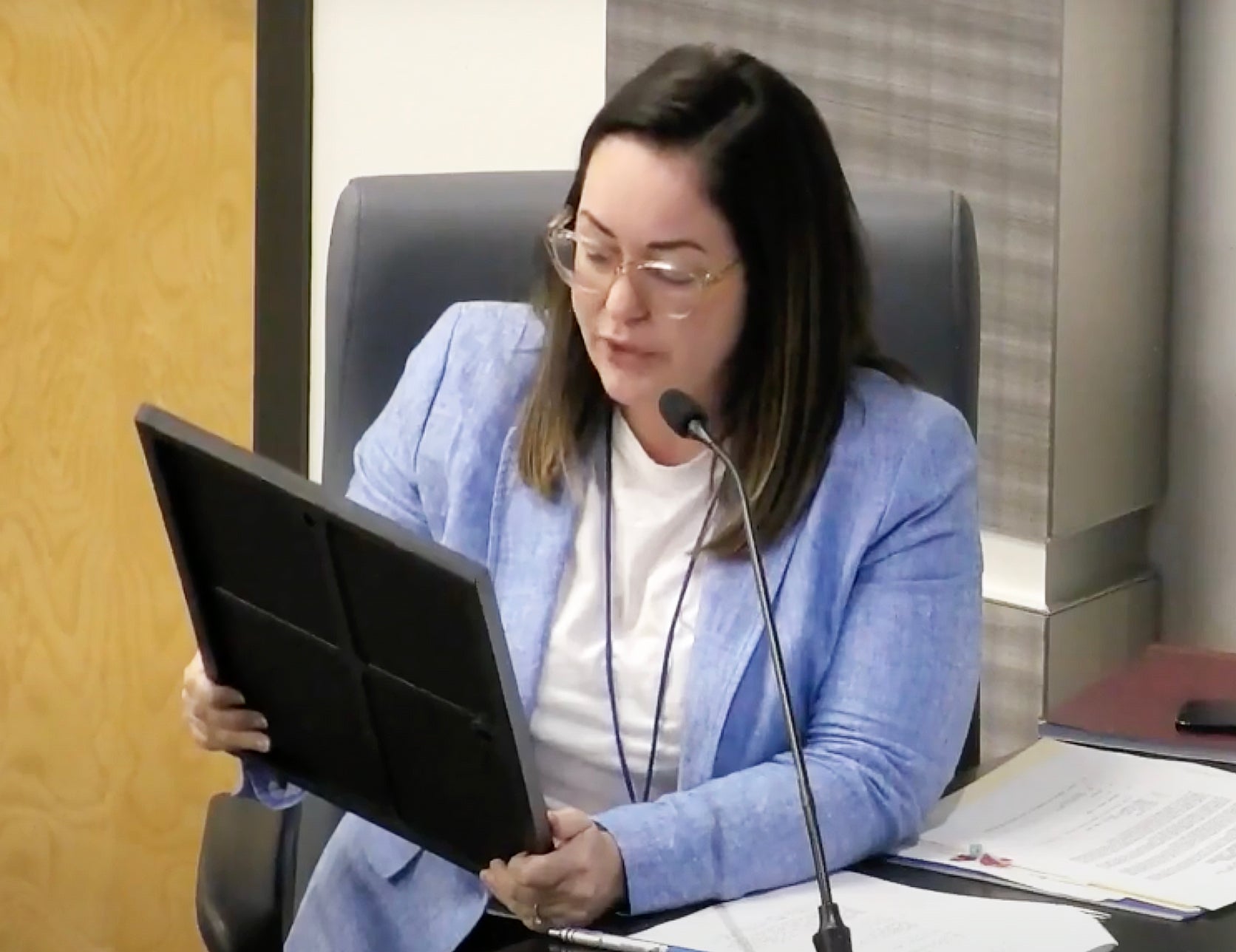Davis Pond project taking shape, still on schedule
Published 12:00 am Wednesday, December 1, 1999
LEONARD GRAY / L’Observateur / December 1, 1999
HAHNVILLE – Jack Fredine, project manager for the U.S. Army Corps ofEngineers, outlined the future of the Davis Pond freshwater diversion project and said the overall project is still on schedule.
“Three contracts are already done – the east and west guide levees and the pump station,” he explained, “and two more are left to start – the last part of the outflow channel extending the challen into the ponding area, and a small levee from Lake Cataouatche to the West guide levee.”Still under construction is the freshwater diversion structure at River Road and the Mississippi River between Luling and Ama, and the U.S.Highway 90 bridge. Also to be completed will be the replacing of RiverRoad and U.S. 90, along with the Union Pacific and Burlington Northernrailroads to their original beds.
The project, which broke ground in June 1997, is expected to be usable by spring 2001 and completed in fall 2003.
The next major step to be completed will be the U.S. 90 bridge over thediversion channel, an $8.4 million contract awarded in June 1997 and dueto be completed in February 2000. The diversion structure itself, a $12.7million contract awarded in March 1997, is due to be completed in November 2000.
The last major contract will be to build the final outflow channel to the ponding area, from February to October 2000.
The $105 million project is to construct a gated channel to divert river water toward Lake Cataouatche, Lake Salvador and the Barataria Basin to infuse freshwater from the river to reduce salt water intrusion.
The effect will help preserve and protect wildlife and fisheries habitat, provide additional hurricane storm-surge protection and provide recreational opportunities, while fighting coastal wetlands loss.
Louisiana, Fredine said, has 40 percent of America’s wetlands but 80 percent of its annual wetlands loss. He added that every second an averageof 30 square feet of wetlands is lost in Louisiana.
The project includes building a structure near Davis Pond, including four iron-gated 14×14-foot gated box culverts. An inflow channel 535 feet longby 85 feet wide will direct river water into the structure, while an outflow channel more than 11,000 feet long and 120 feet wide will direct the water into a 9,300-acre ponding area west of U.S. 90.Once the levee is replaced over the structure, with the gates in the river batture, little will be obvious on the land side, except a wide channel stretching 1.2 miles toward U.S. 90, then just over four miles to LakeCataouatche, by way of a pumping station.
Already, plans are afoot to build a recreational area, with access from U.S.90, by the National Rehabilitation Resource Center, which intends to build the largest recreational area for physically handicapped people in the United States, according to organizer Fleming Trosclair.
Fredine said the idea got its start from parish recreation director Rusty Rebowe and parish councilman Ellis Alexander, who met with Trosclair.
“He’s got a great cause and no lack of money sources,” Fredine said.
Control of the diversion structure operation will be managed by the Davis Pond Advisory Committee, to include representatives from St. Charles,Jefferson, Lafourche and Plaquemine parishes. It will be made up offishermen, landowners and representatives of state and federal agencies.
Fredine said the state Department of Natural Resources will have salinity-monitoring stations all the way to Grand Isle and, when the gates need to be opened, “DNR will call the shots,” operating through the parish’s Department of Emergency Operations.
“The EOC here is top-notch,” Fredine added.
The pumping station, located east of Willowdale Road, has three natural- gas powered pumps capable of pumping 190 cubic feet per second. As apoint of comparison, the Bonnet Carre Spillway releases 250,000 cubic feet per second, so the difference in water level in Lake Cataouatche and Lake Salvador will not be noticeable.
Fredine said the difference will be perhaps 3 inches in Cataouatche and 1 inch in Salvador.
Funding for the project and for its ongoing operation is divided between federal and state sources, 75 percent of it federal, Fredine said.
Fredine estimated the project will provide $15 million in annual fishing benefits and help preserve more than 50 square miles of marshland.
Yet another benefit has already been realized, according to Blake Chaisson and Malcolm Triche, parish employees who man the pumping station. Thearea has become a birding paradise. One possible recreational activity willbe hosting bird-watching groups and school groups to the isolated site.
Recently, as an example, Chaisson and Triche have repeatedly spotted red- billed whistling ducks, on the endangered species list in the United States, though they are native to Trinidad and Tobago.
Return To News Stories





